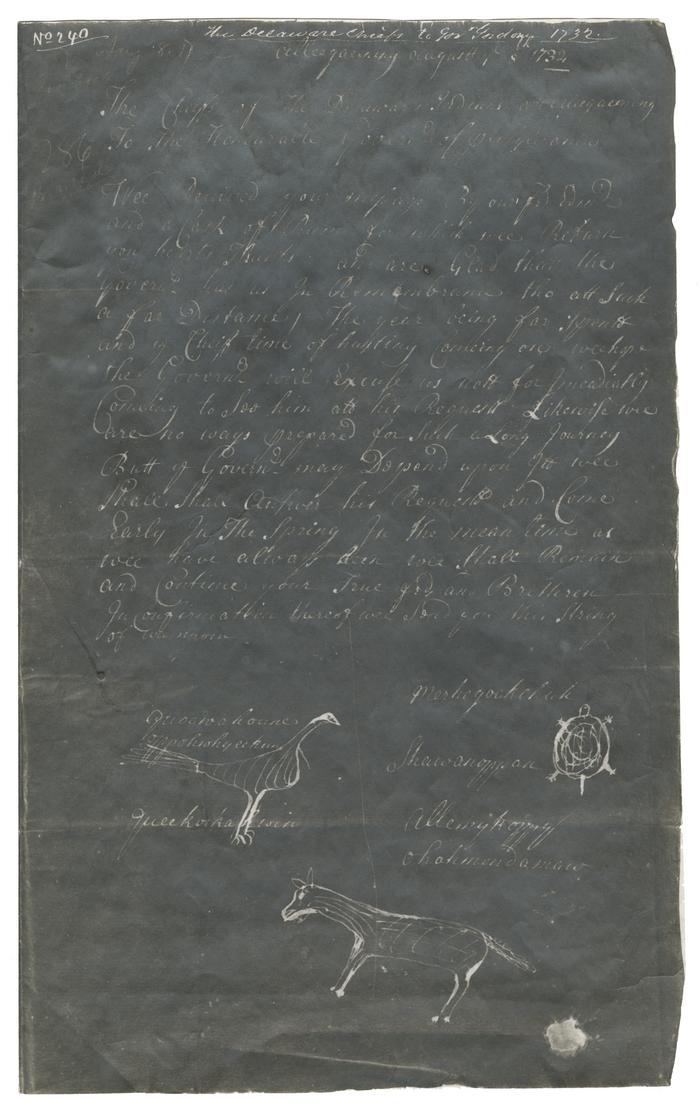Lenape
Entity Type:
OrganizationIdentifier:
ENT.000003889Biography:
The Lenape (/ləˈnɑːpi/) are a Native American tribe and First Nations band government. They are also called Delaware Indians and their historical territory included present day New Jersey, along the Delaware River watershed, western Long Island and the Lower Hudson Valley.Most Lenape were pushed out of their Delaware homeland during the 18th century by expanding European colonies, exacerbated by losses from intertribal conflicts. Lenape communities were weakened by newly introduced diseases, mainly smallpox, and violent conflict with Europeans. Iroquois people occasionally fought the Lenape. Surviving Lenape moved west into the upper Ohio River basin. The American Revolutionary War and United States' independence pushed them further west. In the 1860s, the United States government sent most Lenape remaining in the eastern United States to the Indian Territory (present-day Oklahoma and surrounding territory) under the Indian removal policy. In the 21st century, most Lenape now reside in the US state of Oklahoma, with some communities living also in Wisconsin, Ontario (Canada) and in their traditional homelands.
Lenape kinship system has matrilineal clans, that is, children belong to their mother's clan, from which they gain social status and identity. The mother's eldest brother was more significant as a mentor to the male children than was their father, who was of another clan. Hereditary leadership passed through the maternal line, and women elders could remove leaders of whom they disapproved. Agricultural land was managed by women and allotted according to the subsistence needs of their extended families. Families were matrilocal; newlywed couples would live with the bride's family, where her mother and sisters could also assist her with her growing family.
